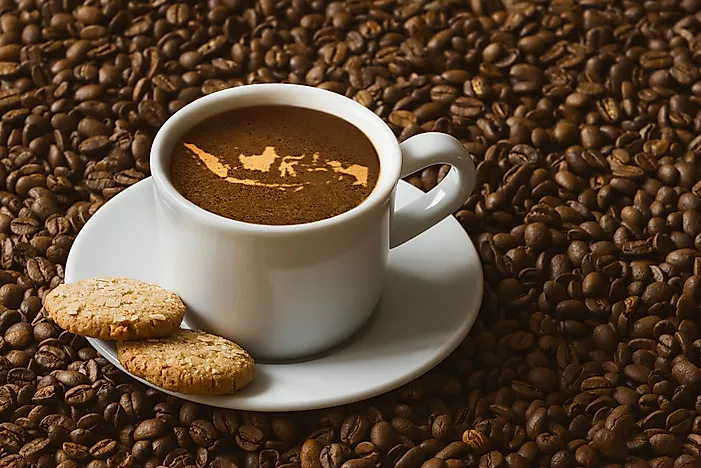
Espresso is the basis for the majority of the coffee and milk based drinks on the menu. The material costs are around 15 cents to make a shot of espresso, and about 35-40 cents to make a latte, mocha or cappuccino ? Obviously, location, equipment and staffing include a lot to the cost, but the low consumable expenses vs. high retail prices are among the primary factors many coffee shops are emerging in towns across America.
Why Another Espresso Guyde?
This guide presents the useful info needed for you to select the best espresso equipment for your house, office, or business. Without a strong understanding of the various espresso makers, the choice procedure might be somewhat overwhelming and complicated just due to the reality there are a lot of models to choose from. This guide is not extremely short, but investing the time to read it will greatly improve your purchasing experience.Barista Jargon: Coffee Industry Terminology
Espresso lingo is quite cryptic for a newbie. It would be a good strategy to get familiar with coffee terms if you are interested to get immersed in the coffee world. Learn coffee words and coffee phrases, and talk like baristas do. By discovering coffee terms, and more coffee words, you will not only have the ability to understand a few of the market lingo, but you can understand technical coffee brewing tips and improve your coffee making technique. The benefit is that you will be able to converse with individuals from the field, and look smart when speaking to your good friends.We recommend you offer a totally free online dictionary Here is a sample word from the coffee dictionary: caffe crema.
How Is Espresso Special?
Espresso is simply another method by which coffee is brewed. There are several methods of producing coffee that include making use of a stove top coffee machine, percolator, French press (or coffee press), vacuum pot and others. Espresso is brewed in its own unique method.Espresso is a beverage that is produced by pushing hot water, between 192F and 204F, at high pressures, through a bed of finely ground, compacted coffee. A typical single is approximately 1 to 1.5 ounces of beverage, utilizing approximately 7grams (or 1 tablespoon) of ground coffee. A normal double is between 2 and 3 ounces, utilizing double the volume of coffee grounds. The shot is brewed for around 25 to 30 seconds, and the very same time applies to both a single or double shot (double baskets are bigger, with more screen area, and the coffee streams faster - single baskets limit the flow more, leading to 1.5 ounces in 25-30 seconds).
Espresso Maker vs Espresso Machine
An espresso machine brews coffee by forcing pressurized water around boiling point through a "puck" of finely ground coffee beans and a metallic filter in order to yield a viscous, concentrated coffee called espresso. The very first equipment for making espresso was constructed and patented in 1884 by Angelo Moriondo of Turin, Italy.The resulting beverage, either a single or a double, is topped with a dark golden cream, called crema when brewed appropriately. Crema is among the visual indicators of a quality shot of espresso. Consuming an espresso is in itself an art type of sorts. In Italy, where most real espresso is purchased in a coffee shop, it is traditional to lift cup and dish, smell the shot, and consume it in 3 or 4 rapid gulps. You finish the "ceremony" by clacking the cup back on the saucer in a firm however not-too-hard way.
The French Press Doesn’t Make Espresso
Espresso is confusing because generally, it isn't ready correctly. True espresso, brewed with a pump or piston driven espresso maker is very requiring on the bad coffee bean grinds. But prior to we enter the relative 'torture' that ground coffee is executed to produce a superior espresso, let us take a step back and go over a bit more the mistaken beliefs about the drink.These Are Not Espresso
Espresso is not a kind of bean: This is a typical misunderstanding, and unreliable marketing by coffee chains, supermarket, and even word of mouth provide the impression that espresso is a kind of bean. Any coffee bean can be used for espresso, from the most common Brazils to the most exotic Konas and Ethiopian Harar coffees.Espresso is the basis for most of the coffee and milk based beverages on the menu. Espresso is a beverage that is produced by pressing hot water, between 192F and 204F, at high pressures, through a bed of carefully ground, compacted coffee. Real espresso, brewed with a pump or piston driven espresso maker is very demanding on the poor coffee bean grinds. Espresso is not a type of blend: This one is likewise a common mistaken belief, but with some reality to the claim in that there are particular blends designed for espresso. Espresso is not a Roast Type: Another popular mistaken belief is that espresso can just be roasted one way (and generally the idea is that espresso must be super dark and glowing with oils).
The full post, and more espresso coffee making information at this address.